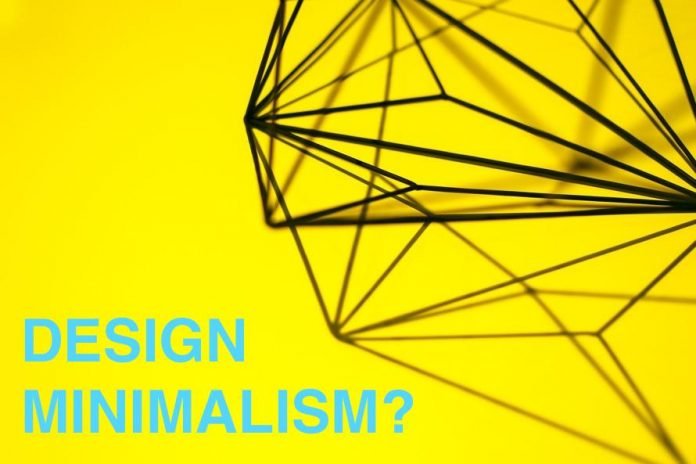As technology advances and the world becomes more complex, minimalism and simplicity is an important asset.
Consider Google for example. The search engine has become world-famous and mega-popular.
Go to Google and you will see that it remains the simplest page on the Internet.
This factor contributed to the company’s dominance in the search category. Where its competitors stuffed their homepages who can create whiteboard animation, commercials and photos, Google’s plain white background made it easier to use.
Take an example from one of the world’s most popular websites. Simplicity drives sales. You can apply this to your online store too.
Kill ads
When buyers come to your site, you want them to focus on your product offerings. Or maybe you think it’s more important to have additional income from ad placement, banner ads or pop-up ads? Here’s a simple fact. These things tend to annoy buyers.
When people visit a website, they focus on the assortment or specific product in order to make a purchasing decision. You shouldn’t distract them to get a few cents when you have the opportunity to make more serious profit from the sale of the main product.
Plus, placing banners and pop-ups makes your site slower, resulting in bounces and lost revenue.
Center your homepage on a specific buyer’s action
The home screen is the area of your site that is visible to the user before scrolling. It is desirable to have information on only one thing on it. Focus on getting the client to discover what they are looking for as quickly as possible.
It is especially important if you attract paid traffic (for example, contextual advertising), it is important that the client, having clicked on the advertisement, gets to the page with a specific product, and not to the category as a whole.
If your homepage looks simple, users will do what you want. If the site is cluttered with all sorts of information, then people will wonder what they should do, they will have to look around a little, delve into it, figure it out … If you are lucky, they will find what they were looking for and make a purchase.
If not, they will get upset and go to another site where they can find the product they need and buy it there.
Pictures speak more than words
Our brains process images much faster than text. When your site uses photos effectively, users stay in your store for a longer period of time. This is also a fact.
Plus, the images are versatile. Even if a person does not speak the language, but is looking for a certain product, good pictures will help him make a purchase.
Seven is your lucky number
Our short-term memory can store and remember only seven elements. If you suggest more to users, keep in mind you are upsetting them. The more options you give a person, the more likely you are to create indecision in the customer.
Large selection makes people reluctant to buy as they seek confirmation of their decision. Give customers too many options and they won’t buy anything at all.
Drop-dead weight
Monitoring your site’s analytics can help you determine which buttons are being used and which ones are just taking up space. If you find links that are not used by visitors, just get rid of them. Why keep things that no one else uses?
The same goes for goods. If a product hangs on the home screen from day to day and is not sold, then you should get rid of it in order to give a chance to sell something else.
Think of screen space like display cases and shelves in a store. It is a well-known move of marketers to display more expensive or more popular goods at the level of the eyes of buyers. The same method applies to online stores.
These are just a few of the ways you can simplify your online store to drive sales.
The key takeaway is that the more complex your ecommerce site is, the less conversion you will see.











